10 good things, 2nd week of February 2020
1. I just discovered that Jens Lekman and Annika Norlin released an album last year called Correspondence, and I listened to it last week on the way to work, and it’s all so quietly powerful in its seeming mundanity. I think my favorite song is “Forever Young, Forever Beautiful,” which has some classic Jens lyrics:
You should have seen him in his summer clothes
The short pants that gently exposed
His calves that spoke of hidden treasures
Golden ratios, unknown pleasures
2. I consolidated books and glassware so that I could empty, dismantle, and store one of my IKEA bookshelves, creating some space that I could fill with a little dining table. Now I can eat meals at a table, not on the sofa or at my desk. The first meal was steak, asparagus, and polenta on Valentine’s Day.
3. The next day, I accompanied my Valentine to Cal Arts to hear a Master’s student there play Derek’s composition “Savino,” a piece for solo marimba and tape, that latter of which is the recording of New York State Senator Diane J. Savino’s speech in support of marriage equality given on December 2, 2009. Like the speech, Derek’s composition is beautiful, but in a very different way as it intricately punctuated Savino’s humor, wisdom, and love. I don’t have video of the Cal Arts student’s performance, but here’s the percussionist who commissioned the composition Brandon Ilaw.
4. I made a chocolate soufflé on Saturday night, and I think it came out perfectly. I’ve made chocolate souffles before, but for some reason, this was the richest, fluffiest, and it didn’t collapse. I’m not exactly sure what I did right-er this time, but I think one thing was not over stirring the batter, which tends to screw up the egg whites. The recipe is Bittersweet Chocolate Soufflé by Melissa Clark from The New York Times.
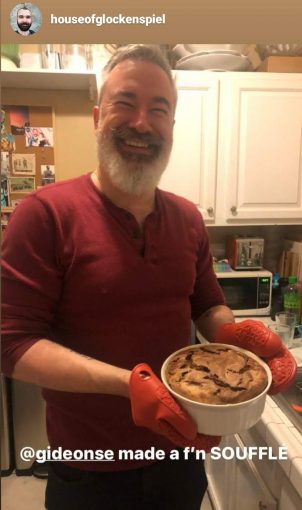
5. This article in The New Yorker: Was Jeanne Calment the Oldest Person Who Ever Lived—or a Fraud? I love a good high-nerd yarn, and this one is full of lies and skepticism and competing methodologies and a crotchety old French lady.
6. I wish I could have photographed the facial expression of the flummoxed woman in my AIDS Fundamentals class when I mentioned that Iowa once sentenced an HIV-positive man to 25 years in jail for not telling his sexual partner his status — even though he wore a condom and had an undetectable viral load. I thought her head was going to explode she was so appalled. He was eventually exonerated and the law was changed, but it’s still hard to believe it happened in this century.
7. I can’t stop listening to the audiobooks for Patricia Briggs’s Mercy Thompson series – an urban fantasy with werewolves, vampires, fae, and so on set in Washington’s Tri-Cities. There are definitely some things I could do without, like the weirdly stereotyped gay divorce lawyer Kyle and the narrator’s camp voice for him, but my commute hasn’t sucked for a couple weeks because I’m entertained enough.
8. These shoes I got 60% off at the Reebok outlet at the Citadel. Derek called the color “electric salmon.”

9. I’ll be moderating a panel titled “Navigating Stigma and Addressing Peer Aggression, Harassment, Discrimination, and Exclusion for Queer- and Trans-Spectrum Students and Faculty” at the annual meeting of the Association of School and Programs in Public Health next month.
10. I stumbled onto the pilot of Zoey’s Extraordinary Playlist on Hulu; Zoey suddenly hears people’s inner monologues, but only as popular songs, and usually accompanied by dance routines. There’s a lot of stuff that I’m going to automatically love about it, in particular Jane Levy, Skyler Astin, Alex Newell, and lots of singing and dancing. But, omg, Peter Gallagher playing Zoey’s father, who is suffering from a degenerative neurological disease that has left him unable to speak, gets to do heartbreaking stuff like this.

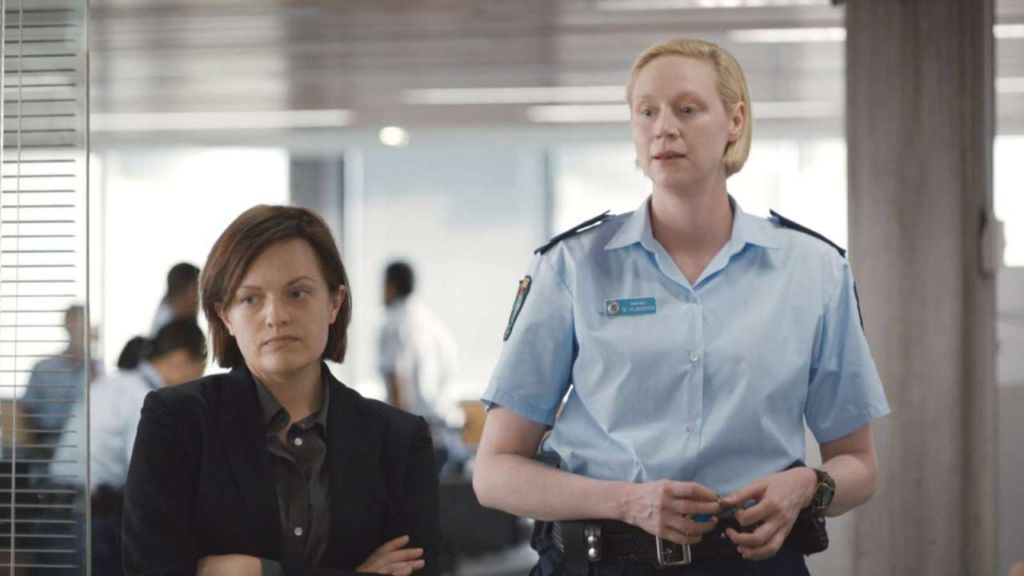 I could watch Elisabeth Moss do anything. A few years ago, at the height of her fame as proto-feminist Peggy on Mad Men, Excedrin started rerunning an old commercial she did for them, and it’s utterly unlike anything else you might see on TV selling something; she could be doing a monologue from A Doll’s House about aspirin. This summer, her turn as Offred in The Handmaid’s Tale was exceptional, a performance of every emotion available, of a prototypical modern feminist who is trapped as a chattel in a misogynistic dystopia. Weeks after that show’s season finale, she has returned as the determined and deeply damaged Detective Robin Griffin in Top of the Lake, Jane Campion’s unnerving, disturbing, and gorgeous Australian police procedural. And, of course, Moss is amazing. She’s having a year as good as Laura Dern and Nicole Kidman are; coincidentally Kidman is in Top of the Lake and is, also, amazing.
I could watch Elisabeth Moss do anything. A few years ago, at the height of her fame as proto-feminist Peggy on Mad Men, Excedrin started rerunning an old commercial she did for them, and it’s utterly unlike anything else you might see on TV selling something; she could be doing a monologue from A Doll’s House about aspirin. This summer, her turn as Offred in The Handmaid’s Tale was exceptional, a performance of every emotion available, of a prototypical modern feminist who is trapped as a chattel in a misogynistic dystopia. Weeks after that show’s season finale, she has returned as the determined and deeply damaged Detective Robin Griffin in Top of the Lake, Jane Campion’s unnerving, disturbing, and gorgeous Australian police procedural. And, of course, Moss is amazing. She’s having a year as good as Laura Dern and Nicole Kidman are; coincidentally Kidman is in Top of the Lake and is, also, amazing.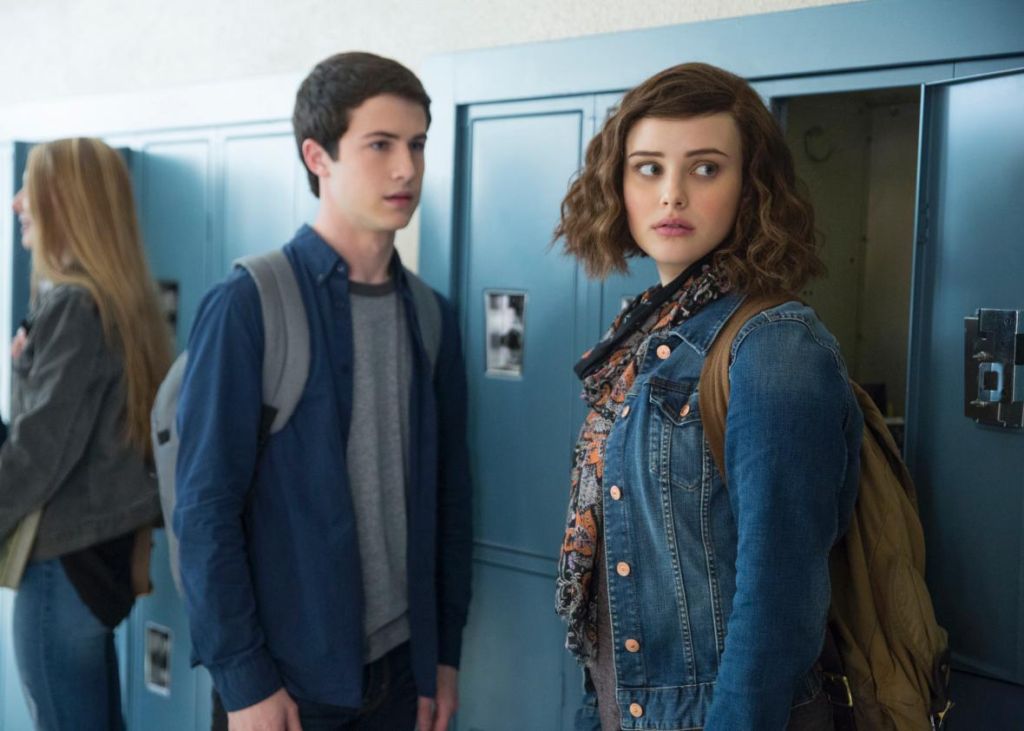 It is likely that if you are reading this, you were either bullied in high school for not conforming to conservative gender roles or you consciously conformed to such roles so that you wouldn’t be bullied in high school. You may have gone the extra mile and bullied other kids to show how much you were not the kind of kid who should be bullied. Or you may have been bullied so severely that you contemplated or even attempted suicide.
It is likely that if you are reading this, you were either bullied in high school for not conforming to conservative gender roles or you consciously conformed to such roles so that you wouldn’t be bullied in high school. You may have gone the extra mile and bullied other kids to show how much you were not the kind of kid who should be bullied. Or you may have been bullied so severely that you contemplated or even attempted suicide.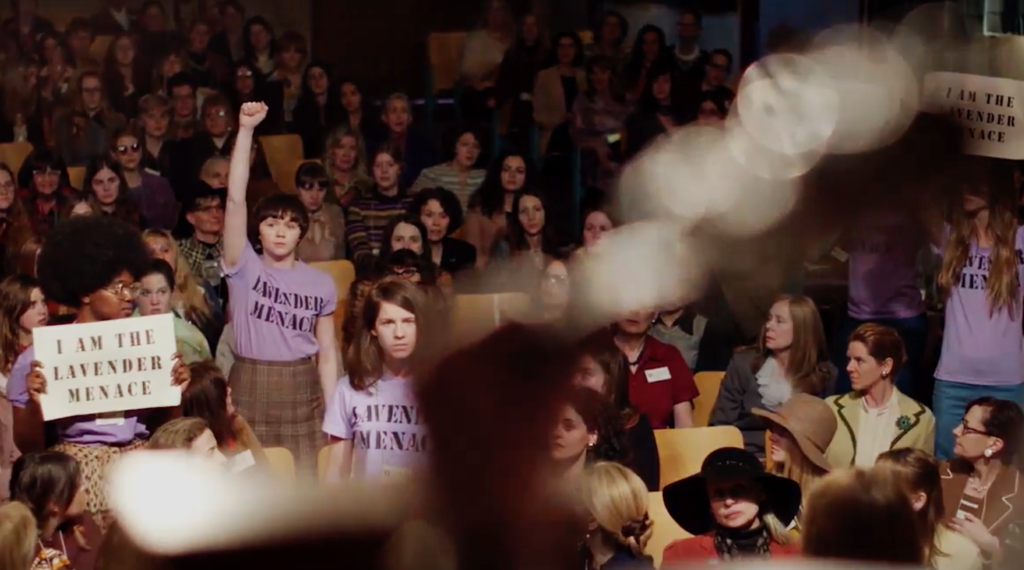
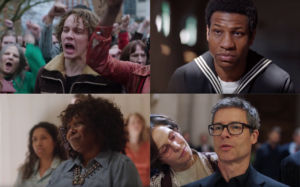 While the resemblances between the younger and older actors are minimal at best, with Cleve’s making the most sense and Roma’s almost none, the suspension of disbelief is earned over the eight hours of extraordinary plot both historical and melodramatic. As the three young activists get involved in local queer politics, they crisscross each other and find their voices, fall in and out of love, fight the power and each other, and then confront the epic tragedy of AIDS. The four of them survive, the men do it just barely, and then they all experience various forms of catharsis.
While the resemblances between the younger and older actors are minimal at best, with Cleve’s making the most sense and Roma’s almost none, the suspension of disbelief is earned over the eight hours of extraordinary plot both historical and melodramatic. As the three young activists get involved in local queer politics, they crisscross each other and find their voices, fall in and out of love, fight the power and each other, and then confront the epic tragedy of AIDS. The four of them survive, the men do it just barely, and then they all experience various forms of catharsis.